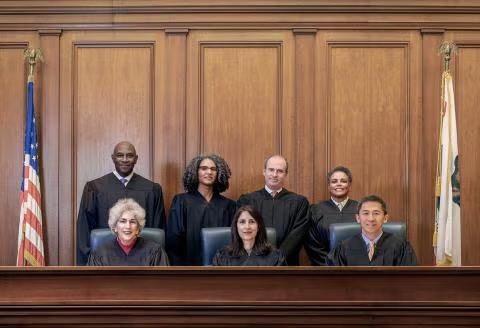The DOL Announces New Guidance on COVID-19 Federal Paid Leave Laws
On April 20, 2020, the U.S. Department of Labor (“DOL”) announced that it was ending its temporary period of non-enforcement of the paid leave protections established by the Families First Coronavirus Response Act (“FFCRA”) and issued additional guidance regarding the operation of the paid leave provisions of the new law.
The End of Non-Enforcement
The DOL utilized the period of non-enforcement to issue guidance regarding the new law’s requirements to help employees understand their rights and help employers come into compliance. To that end, the DOL issued an extremely detailed list of questions and answers in late March, which it has updated several times (most recently on the day it announced the end of the period of non-enforcement). You can find the most up-to-date list here.
The end of the DOL’s non-enforcement period does not change anything with respect to employers’ obligations under the FFCRA. Employers have been required to comply with the paid leave provisions of the FFCRA since its effective date of April 1, 2020. Now that the period of non-enforcement is over, the DOL will retroactively enforce violations that employers failed to remedy during the period of non-enforcement.
DOL Issues Guidance on Running Paid Leave Under the FFCRA Concurrently with Other Paid Leave
The newest guidance issued by the DOL clarifies how and when employers may run the paid leave available to employees under the FFCRA concurrently with other types of paid leave.
First, employers cannot require employees to use other types of paid leave (i.e., leave provided by the employer, leave available to an employee under another law, or leave available pursuant to a collective bargaining agreement) concurrently with Emergency Paid Sick Leave (“Emergency PSL”) under the FFCRA.
However, employers can run certain types of paid leave concurrently with a portion of Emergency Family and Medical Leave (“Emergency FMLA”) under the FFRCA, which is available for employees who need time off to care for their child(ren) whose school, daycare, or other care provider is closed/unavailable due to a COVID-19 related reason. Specifically, during the last 10 weeks of Emergency FMLA leave, an employer may require that an employee exhaust any type of paid time off that the employee would be eligible to use to care for his or her child(ren) because their school, daycare, or other place of care was closed for reasons unrelated to COVID-19. Where an employer requires such paid leave to run concurrently with Emergency FMLA leave, the employer must pay the employee’s full pay until the employee has exhausted the available paid leave, just as the employer would if the employee were taking the leave for any other reason. However, under these circumstances, the employer can only obtain tax credits for the amount of wages specified in the FFCRA – two-thirds of the employee’s regular rate of pay, up to $200 per day or $10,000 total.
Finally, employees may elect to take Emergency PSL or available employer-provided paid time off (but not both) during the first two weeks of Emergency FMLA leave, which are otherwise unpaid.
We expect the DOL to continue to issue guidance regarding the application and enforcement of the paid leave provisions of the FFCRA, and we will blog about any such developments as they occur.
Insights
OUR BLOG


